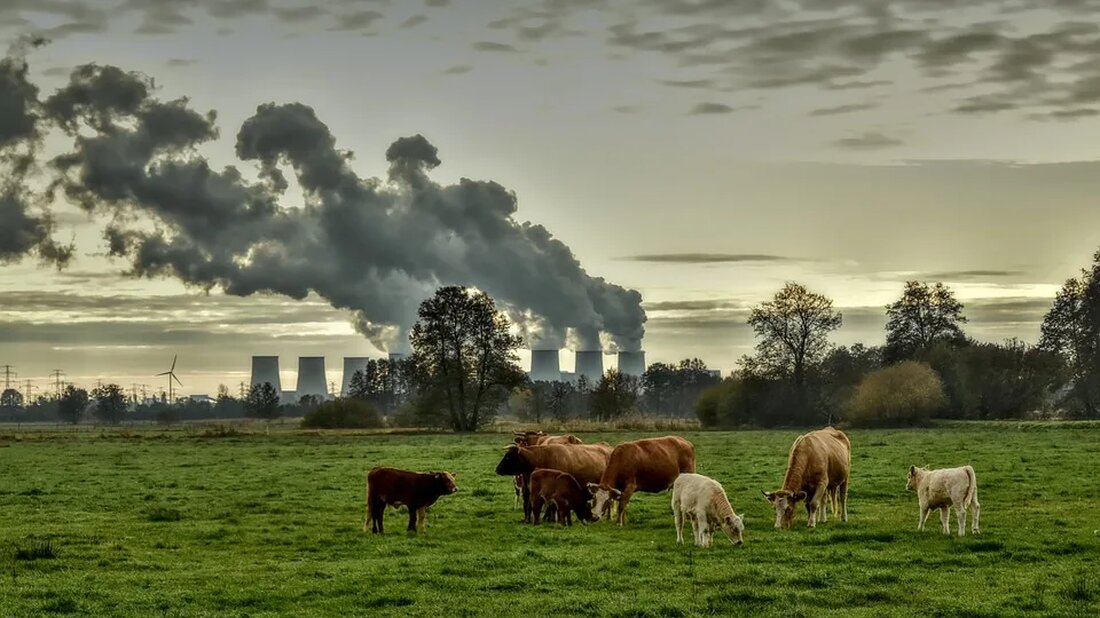Climate protection in the transport sector
Climate protection is a topic that has become increasingly important in recent years. The impacts of climate change are increasingly felt and have made reducing greenhouse gas emissions a global priority. A significant source of these emissions is the transport sector. It is responsible for around a quarter of global CO2 emissions and therefore plays a crucial role in climate protection efforts. The role of the transport sector in climate change The transport sector is one of the main contributors to greenhouse gas emissions. Be it through private cars, public transport, air transport or the transport of goods by road and rail, the...

Climate protection in the transport sector
Climate protection is a topic that has become increasingly important in recent years. The impacts of climate change are increasingly felt and have made reducing greenhouse gas emissions a global priority. A significant source of these emissions is the transport sector. It is responsible for around a quarter of global CO2 emissions and therefore plays a crucial role in climate protection efforts.
The role of the transport sector in climate change
The transport sector is one of the main contributors to greenhouse gas emissions. Be it through private cars, public transport, air transport or the transport of goods by road and rail, the transport sector contributes significantly to climate change. The main cause of this is the burning of fossil fuels such as petroleum and diesel, and the resulting CO2 emissions contribute significantly to global warming.
The impact of transport on the climate
The majority of transport is based on internal combustion engines, which use fossil fuels and release large amounts of CO2 and other greenhouse gases. This directly contributes to increasing global average temperatures and thus increases the effects of climate change. In addition, pollutants from traffic lead to air pollution and contribute, among other things, to health problems in people and animals.
Strategies for climate protection in the transport sector
There are different approaches to reducing CO2 emissions in the transport sector. Some of the most promising are presented below.
Increasing the efficiency of vehicles
One way to reduce CO2 emissions in the transport sector is to increase the energy efficiency of vehicles. This includes the development and use of vehicles with lower energy consumption, such as hybrid or fully electric vehicles. Technologies that could reduce energy consumption are also being researched in aviation and shipping.
Use of renewable energy
Another way to reduce the climate-damaging impact of transport is to use renewable energies. Particularly in the case of electric vehicles, the use of electricity from renewable sources can help to significantly improve the carbon footprint. In addition to electromobility, hydrogen is also being considered as a climate-friendly alternative for the transport sector.
Promoting public transport and cycling
Promoting public transport and cycling can make a significant contribution to reducing CO2 emissions in the transport sector. Switching to these modes of transport can reduce both energy consumption per person and the total number of vehicles on the roads. Car sharing and ride sharing can also help relieve traffic congestion.
Urban development measures
Urban development measures can also make a contribution to reducing CO2 emissions. Short distances and easy access to shops, jobs and leisure facilities can help reduce the need for motorized journeys. In addition, car-free zones or restricting motorized traffic in certain areas can help reduce CO2 emissions.
Challenges and outlook
Despite all efforts and progress, climate protection in the transport sector continues to represent a major challenge. Increasing motorization, especially in emerging and developing countries, and growing freight and passenger traffic place high demands on climate protection measures. In order to achieve the goals of the Paris Climate Protection Agreement and limit global warming to well below 2 degrees Celsius, significant efforts and investments are necessary.
However, the development and deployment of new, environmentally friendly technologies also offer significant opportunities: they can lead to the creation of new jobs in renewable energy, electromobility and transport infrastructure, while helping to improve the quality of life in our cities and protect our environment.
The transport sector therefore plays a key role in the fight against climate change. It will require significant political will and commitment from all stakeholders to sustainably transform the sector. But the efforts are worth it: every reduction in CO2 emissions is a step in the right direction towards a future worth living for all of us.

 Suche
Suche
 Mein Konto
Mein Konto
